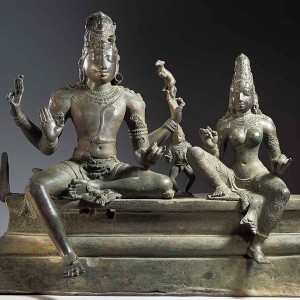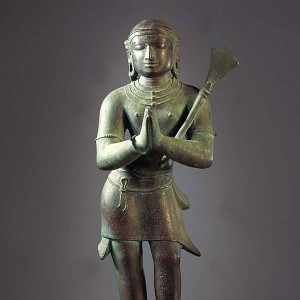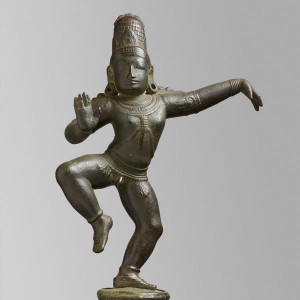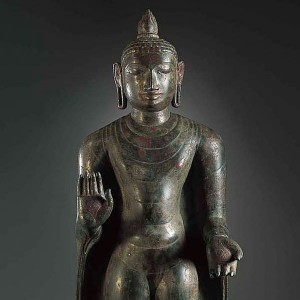South Indian Bronzes at the Norton Simon Museum
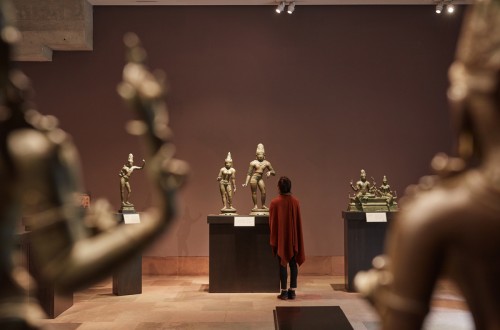
The bronze images of saints and deities created in the southernmost part of the Indian subcontinent during the reign of the Chola dynasty (c. 850–1250) are perhaps the most iconic examples of Indian art in any medium. The proliferation of these sacred figures marked an important shift in the way that Hindu deities were venerated. Unlike stone images enshrined in temple sanctuaries, these sculptures were created to be portable, to travel outside of the temple and its grounds in processions where they could be seen by devotees.
This new form of visibility was bound up with Chola monarchs’ efforts to establish their authority over what is now the state of Tamil Nadu. They commissioned images of the god Shiva and his family to emphasize their legitimacy and magnanimity, claiming a place for themselves within the sacred landscape of sites that were already associated with Shiva and his most ardent devotees. Images of Shiva as Nataraja, or the Lord of Dance, exemplify this tendency. Shiva’s Nataraja form – his left leg raised and his hair whipping around him, framed by an aureole dotted with tongues of fire – is closely associated with Chidambaram, the site of an important temple complex that may have been established as early as the fourth century. Commissioning bronze images of Shiva Nataraja and adorning their own temples with sculptures of Shiva performing his dance of destruction and renewal strengthened the Cholas’ association with the god and with the temple at Chidambaram. The collection of South Indian bronzes at the Norton Simon Museum includes four Nataraja figures, two of which date to the eleventh century, the height of Chola imperial expansion.
SHOW MORE
